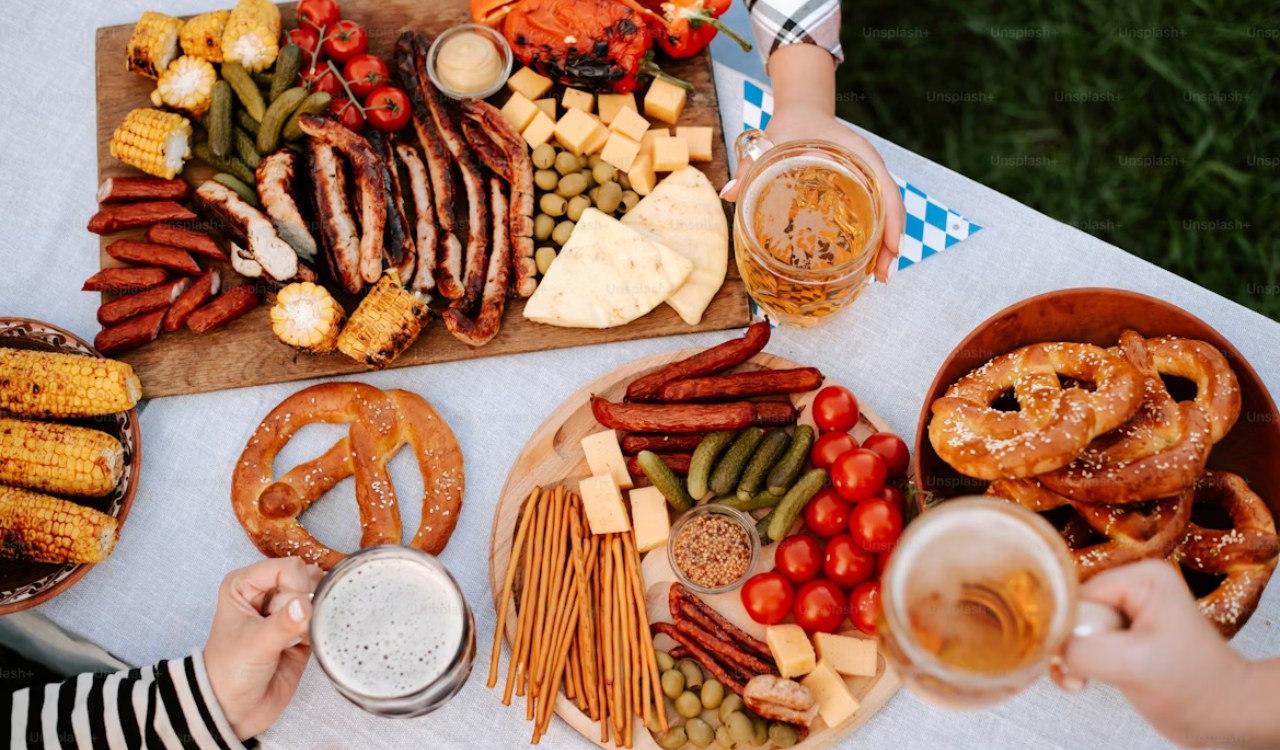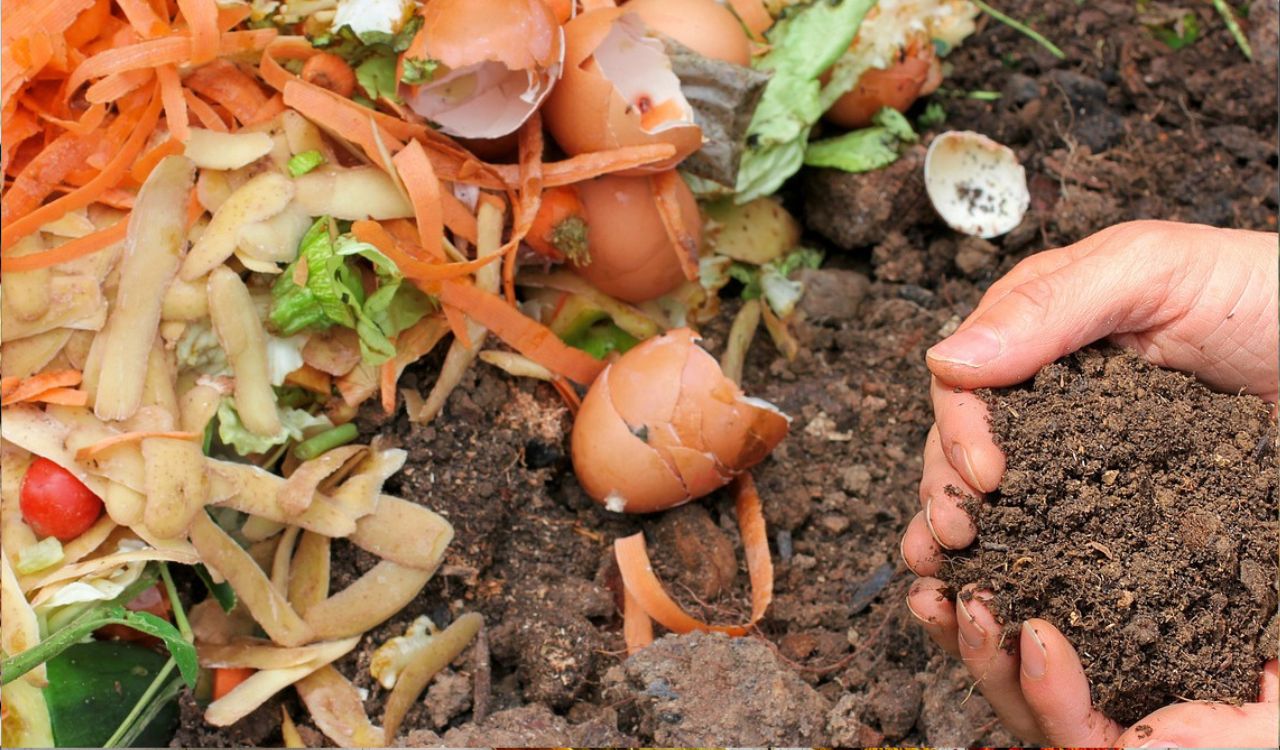10 Heirloom Family Dishes Worth Sharing with Friends

Every family has those recipes that never fail to bring comfort, connection, and nostalgia to the table. Passed down through generations, heirloom dishes tell stories of ancestry, regional flavors, and shared celebrations. Whether it’s a secret sauce, a special pie, or a timeless stew, these recipes hold more than ingredients; they hold memories. Here are ten treasured family dishes that deserve a place in every gathering, ready to be shared and savored with friends.
1. Grandma’s Chicken and Dumplings

This dish is culinary comfort written in broth, where slow simmered chicken releases gelatin and flavor that turn simple stock into a healing bowl. The dumplings are intentionally soft so they absorb savory liquid, carrying herbs and tender meat with every spoonful. Beyond taste, the recipe embodies resourceful cooking: stretching leftovers, using whole chickens, and coaxing depth from bones and necks. Serving it is an act of hospitality, a tactile reminder that good food comforts and connects people across generations.
2. Nana’s Meatloaf

Meatloaf shines because it balances economics with texture, transforming ground meat into a cohesive, sliceable centerpiece. Breadcrumbs or soaked bread bind the mixture while milk and egg add moisture; aromatics and a tangy glaze lift the final slice. It illustrates midcentury home cooking, where families prized satisfying, low cost meals that fed many. When shared, it offers approachable nostalgia, proving that simple proteins, cooked carefully, deliver nourishment and the warm memory of communal dinners.
3. Aunt Rosa’s Lasagna
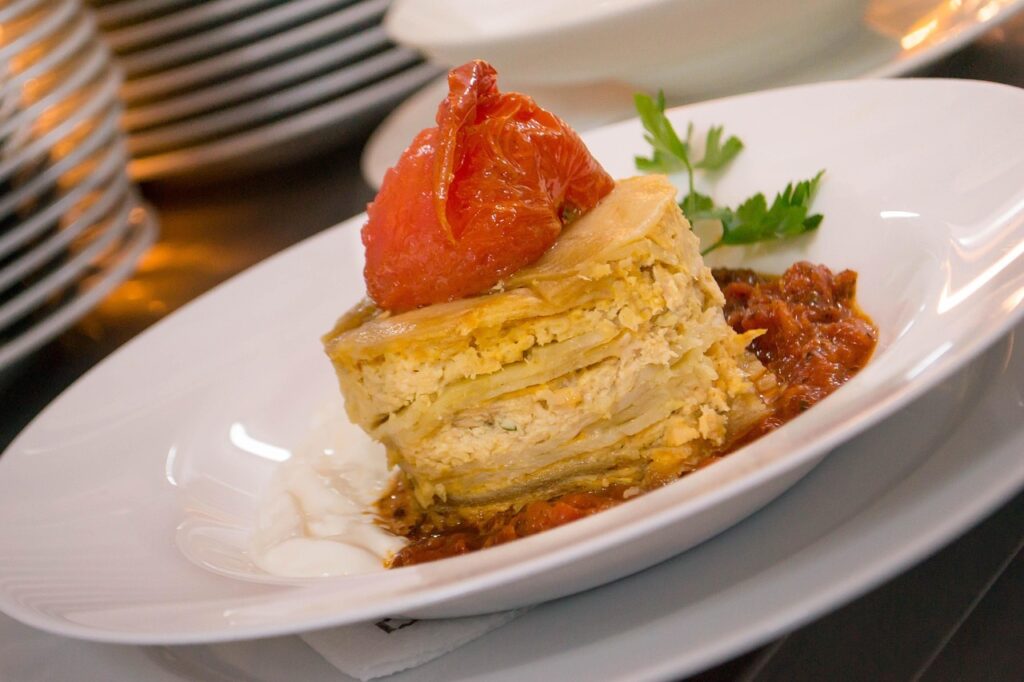
Lasagna is a study in contrasts: silky ricotta, robust tomato ragu, and sheets of pasta that hold everything together. True to family recipes often demand time, simmering the sauce for hours, seasoning each layer, and baking until edges caramelize. The dish rewards patience with layered complexity: meat or vegetable textures, molten cheeses, and a structured heartiness that slices without collapsing. Bringing lasagna to the table shares a labor of love, showcasing technique, history, and regional flavors within a communal meal.
4. Mom’s Pot Roast
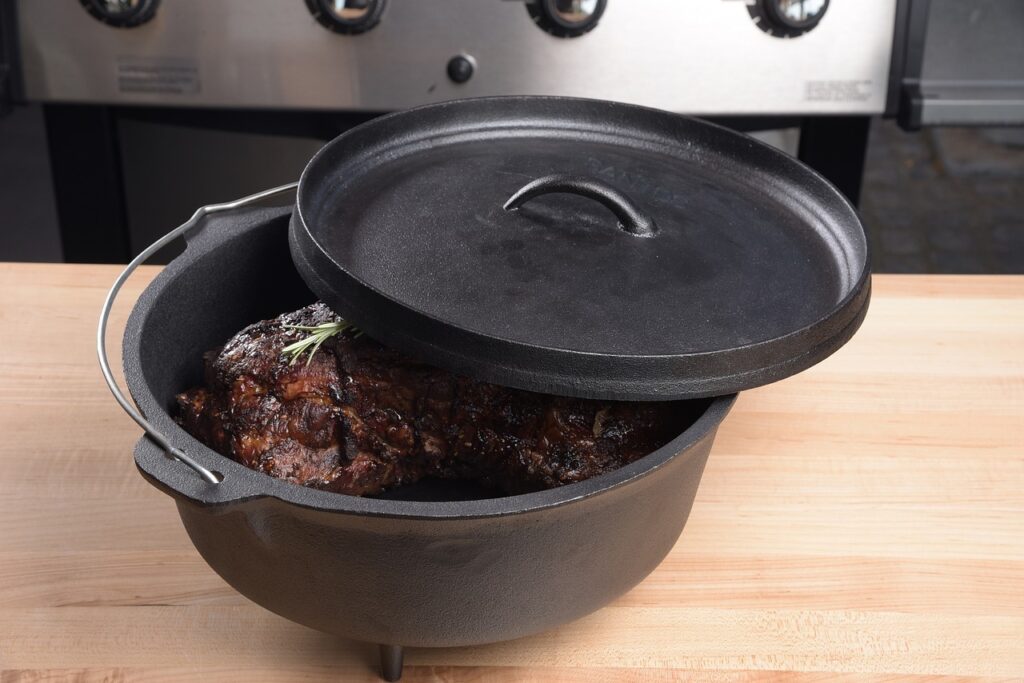
Pot roast is about transforming inexpensive cuts through long, slow cooking into tender, fork friendly meat and silklike gravy. Browning meat first builds Maillard flavor, while low and slow braising breaks down collagen into gelatin that enriches the sauce. Root vegetables contribute sweetness and body, their starches melding into the braise. The method reflects practical home economics: minimal hands on time, maximum flavor payoff. Passing this recipe on means passing a lesson in patience and the quiet alchemy of heat and time.
5. Great-Grandpa’s Cornbread
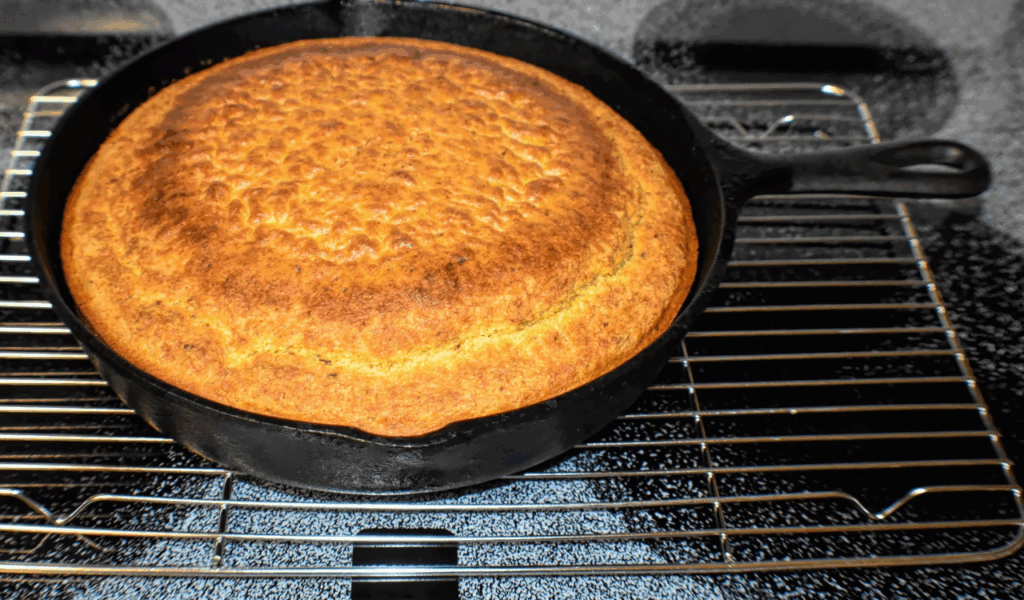
Cornbread represents regional terroir and ingredient history; cornmeal’s texture and flavor vary by grind and source, changing outcomes. Cast iron pans and hot ovens create a crisp exterior and tender crumb, while simple additions like buttermilk or honey alter acidity and sweetness. This bread pairs with stews, chilis, and preserves, acting as both staple and comfort. Sharing cornbread carries a slice of cultural memory, connecting table, land, and family in every golden bite.
6. Family Apple Pie
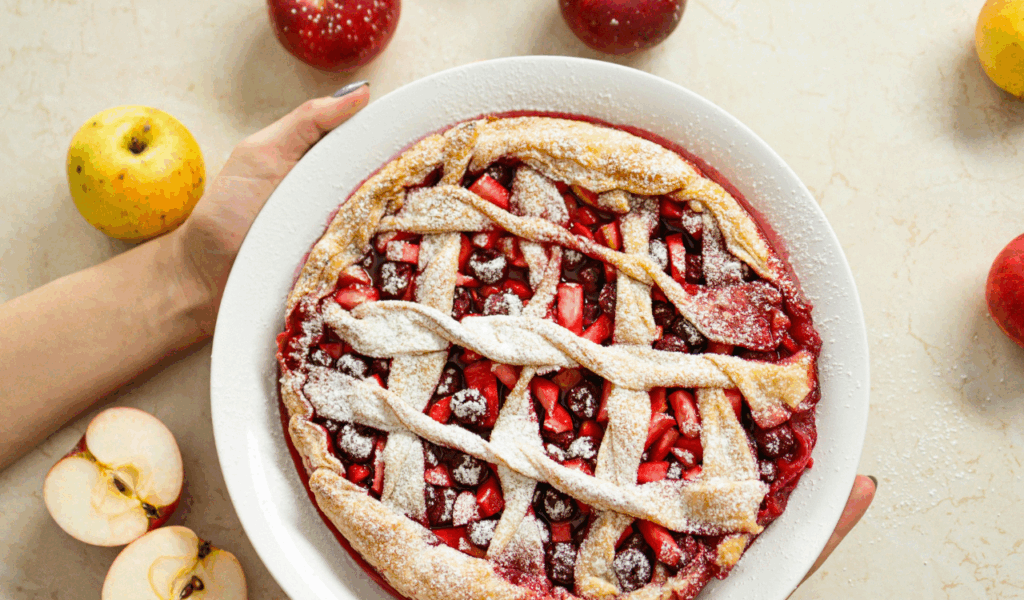
Apple pie is architecture: the crust must balance flakiness and structure while the filling needs the right sugar, acid, and thickener to avoid runniness. Varietal choices, like Granny Smith for tartness or Honeycrisp for sweetness, alter the final impression, and spices from cinnamon to cardamom tune regional identity. The process of peeling, slicing, blind baking, and glazing encourages ritual and shared duties in the kitchen. Serving this pie transfers a family’s taste signature and invites conversation around shared history.
7. Mama’s Fried Chicken
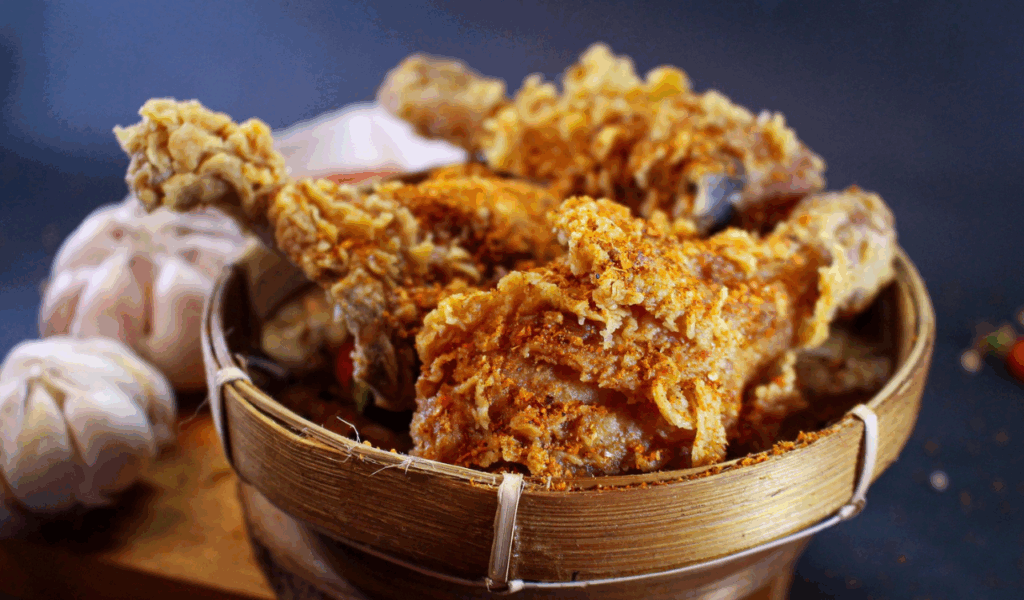
Fried chicken is a study in control: brine and seasoning penetrate meat, coating batters create a protective shell, and oil temperature governs crispness versus grease. Achieving golden, crunchy skin while maintaining juicy interior depends on timing and technique, not luck. This recipe often embodies generational tips, pressure secrets, spice blends, and resting periods that define a family’s style. Sharing fried chicken is sharing expertise and celebration; it invites hands on eating and communal appreciation of texture and flavor harmony.
8. Lola’s Lumpia

Lumpia condenses texture and aroma into a tidy hand held parcel, where savory fillings of pork, vegetables, and aromatics contrast the wafer thin wrapper. Making them is often a communal ritual, with family members rolling and frying together while conversation and laughter stitch the event into memory. The technique rewards practice: wrapper tension, oil temperature, and proper sealing prevent sogginess and achieve crunch. Offering lumpia to friends shares not just flavor but a tradition of cooperation and hospitality.
9. Papa’s Chili

Chili is adaptable comfort, a simmer that consolidates spices, meat, and beans or relies on meat alone depending on lineage. Toasting spices, browning meat for caramelized notes, and long simmering meld components into a cohesive whole. Each family’s version signals geography and taste: smoky ancho chiles, cumin and oregano, or a brighter tomato base. Passing down chili means sharing calibrated heat, community feeding strategies, and the pride in a recipe that improves with time and conversation.
10. Tita Maria’s Flan

Flan is deceptively simple: eggs, milk, and sugar transformed into a delicate custard under low, even heat, then inverted to reveal a silky surface and caramel crown. Technique matters, tempering eggs, controlling bake temperature, and careful caramelization avoid curdling or bitterness. The dessert carries cross cultural resonance, present at celebrations and daily tables alike, and variations reflect personal touches: citrus, vanilla, or coconut notes. Serving flan shares a lineage of precision, ceremony, and the sweet reward of practiced technique.
